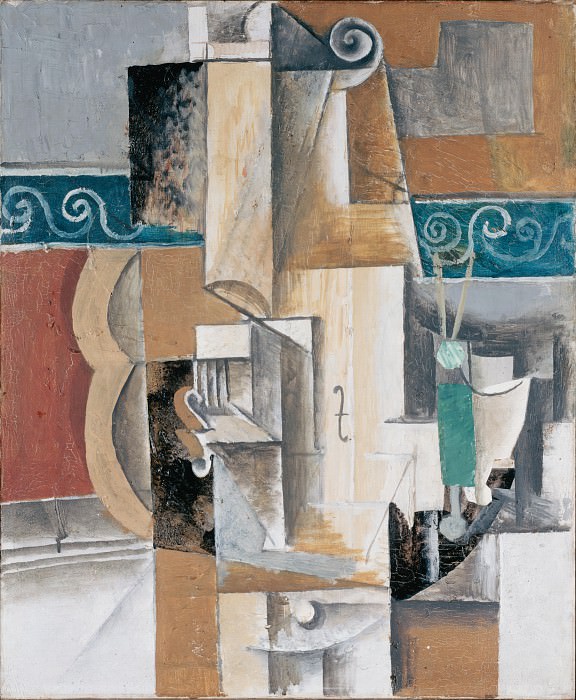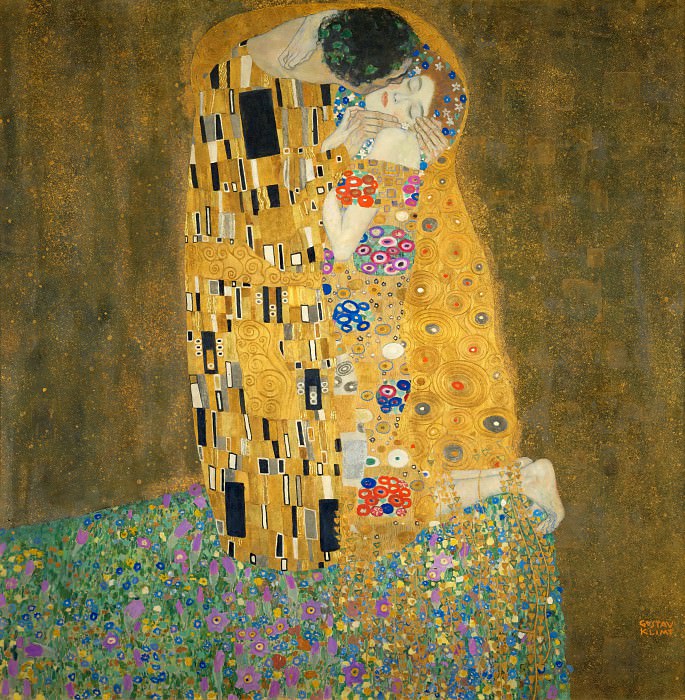The Timeless Art of Sculpture
Introduction to Sculpture Art
Sculpture art has been a significant form of human expression for millennia, transcending cultures, epochs, and civilizations. Unlike other art forms, sculpture occupies physical space and invites viewers to interact with it from multiple angles, creating a dynamic experience that is both tactile and visual. From ancient carvings to contemporary installations, sculpture art continues to evolve, reflecting the complexities and diversities of human thought and emotion.
Historical Overview
The history of sculpture art dates back to prehistoric times, where early humans carved figures out of stone, bone, and wood. These early sculptures often depicted animals or human figures and were believed to hold spiritual significance. As civilizations advanced, so did the complexity and purpose of sculpture.
In ancient Egypt, sculptures were integral to religious and funerary practices. The iconic statues of pharaohs and deities, often created from limestone, granite, and basalt, were designed to last eternally, serving as a testament to the divine right of rulers and the civilization's architectural prowess. Similarly, the Greeks elevated sculpture to new heights, focusing on naturalism, proportion, and the idealized human form. The works of sculptors like Phidias, Praxiteles, and Lysippos exemplify the classical Greek pursuit of beauty and perfection.
The Roman Empire, inheriting much from the Greeks, expanded the scope of sculpture to include realistic portraiture and public monuments. This period saw the creation of intricate reliefs and grand statues that celebrated military victories and honored emperors. The Middle Ages brought a shift towards religious themes, with Gothic cathedrals adorned with intricate carvings and statues that depicted biblical scenes and saints.
The Renaissance and Beyond
The Renaissance marked a rebirth of classical ideals and a renewed interest in humanism. Sculptors like Donatello, Michelangelo, and Bernini pushed the boundaries of the art form, creating works that showcased incredible technical skill and emotional depth. Michelangelo's David and Pietà are masterpieces that epitomize the Renaissance spirit of exploring human anatomy and expression.
The Baroque period, characterized by dramatic movement and elaborate detail, saw artists like Bernini take sculpture to new heights of dynamism and emotional intensity. His work, such as the Ecstasy of Saint Teresa, captures the theatricality and exuberance of the Baroque aesthetic.
Modern and Contemporary Sculpture
The advent of modernism in the late 19th and early 20th centuries brought radical changes to sculpture art. Artists began to experiment with new materials, forms, and concepts, breaking away from traditional methods. Auguste Rodin, often considered the father of modern sculpture, introduced a more impressionistic approach, capturing movement and emotion in works like The Thinker and The Kiss.
In the 20th century, sculptors like Constantin Brâncuși, Henry Moore, and Alberto Giacometti explored abstraction, simplifying forms to their essence. Brâncuși's Bird in Space and Moore's reclining figures represent a shift towards minimalism and organic forms. Giacometti's elongated figures, on the other hand, reflect existential themes and the fragility of human existence.
Contemporary sculpture continues to push boundaries, incorporating diverse materials and embracing new technologies. Artists like Anish Kapoor, Jeff Koons, and Louise Bourgeois have created large-scale installations and provocative works that challenge traditional notions of sculpture. Kapoor's use of reflective surfaces and Koons' playful, oversized sculptures highlight the intersection of art, consumer culture, and public space.
Materials and Techniques
Sculpture art is defined not only by its forms but also by the materials and techniques used to create it. Traditional materials like stone, wood, and metal have been joined by modern ones such as plastic, glass, and mixed media. Each material offers unique possibilities and challenges, influencing the artist's approach and the final outcome.
Stone, one of the oldest sculptural materials, requires a subtractive process where the artist carves away from a solid block. The hardness and permanence of stone make it ideal for monumental works. Michelangelo's marble sculptures are prime examples of the mastery required to transform raw stone into lifelike figures.
Wood, a more forgiving material, allows for both subtractive and additive techniques. Its natural grain and texture add an organic quality to sculptures, as seen in the works of artists like Brâncuși. Metal, particularly bronze, has been favored for its durability and ability to capture fine details. The lost-wax casting method, used since ancient times, remains a popular technique for creating bronze sculptures.
Modern materials and techniques have expanded the possibilities of sculpture art. Artists now use everything from welded steel to found objects, creating works that blur the lines between sculpture, installation, and performance art. The use of digital technology, including 3D printing and virtual reality, has opened new frontiers, allowing for unprecedented precision and innovation.
Sculpture in Public Spaces
Sculpture art has a unique ability to transform public spaces, creating landmarks and fostering community engagement. Public sculptures serve as cultural symbols, commemorating historical events, celebrating local heritage, or simply enhancing the urban landscape.
One of the most famous public sculptures is the Statue of Liberty, a gift from France to the United States, symbolizing freedom and democracy. Another iconic example is Christ the Redeemer in Rio de Janeiro, Brazil, which stands as a symbol of Christianity and Brazilian culture.
Contemporary public sculptures often aim to provoke thought and dialogue. Anish Kapoor's Cloud Gate in Chicago, also known as "The Bean," invites interaction and reflection, both literally and metaphorically. Richard Serra's massive steel sculptures challenge perceptions of space and scale, transforming their surroundings into immersive environments.
The Role of Sculpture in Contemporary Art
In today's diverse art world, sculpture continues to play a vital role, intersecting with various disciplines and addressing contemporary issues. Installation art, a genre closely related to sculpture, creates immersive experiences that engage the viewer's senses and emotions. Artists like Yayoi Kusama and Olafur Eliasson use sculptural elements to construct environments that explore themes of infinity, perception, and environmentalism.
Environmental and land art, pioneered by artists like Robert Smithson and Andy Goldsworthy, use natural materials and landscapes to create ephemeral works that highlight the relationship between art and nature. Smithson's Spiral Jetty and Goldsworthy's site-specific installations exemplify how sculpture can address ecological concerns and foster a deeper connection with the environment.
Sculpture also intersects with social and political activism. Artists like Ai Weiwei and Kara Walker use sculptural forms to comment on human rights, history, and identity. Ai's installations, often made from unconventional materials, challenge censorship and advocate for freedom of expression. Walker's silhouetted figures and monumental sculptures confront the legacies of racism and oppression, sparking critical conversations about history and society.
The Future of Sculpture Art
As we move further into the 21st century, the future of sculpture art appears boundless. Emerging technologies, including artificial intelligence and augmented reality, are poised to revolutionize the way sculptures are conceived, created, and experienced. Artists are increasingly exploring the possibilities of digital fabrication, interactive installations, and virtual environments.
Moreover, the global nature of contemporary art fosters cross-cultural exchanges and collaborations, enriching the field of sculpture with diverse perspectives and techniques. Artists from different backgrounds bring unique cultural narratives to their work, reflecting the interconnectedness of our world.
Sustainability and environmental consciousness are likely to play a significant role in the future of sculpture art. As society grapples with the challenges of climate change and resource depletion, artists are finding innovative ways to incorporate sustainable practices into their work. This includes using recycled materials, creating biodegradable sculptures, and engaging in eco-friendly production methods.
Conclusion
Sculpture art, with its rich history and ever-evolving nature, remains a powerful medium of human expression. From the earliest carvings to the latest digital installations, sculpture continues to captivate, inspire, and provoke thought. It bridges the past and the present, the tangible and the intangible, inviting us to explore the depths of human creativity and imagination. As we look to the future, sculpture art will undoubtedly continue to shape and be shaped by the world around us, offering new ways to see, understand, and connect with our surroundings.



